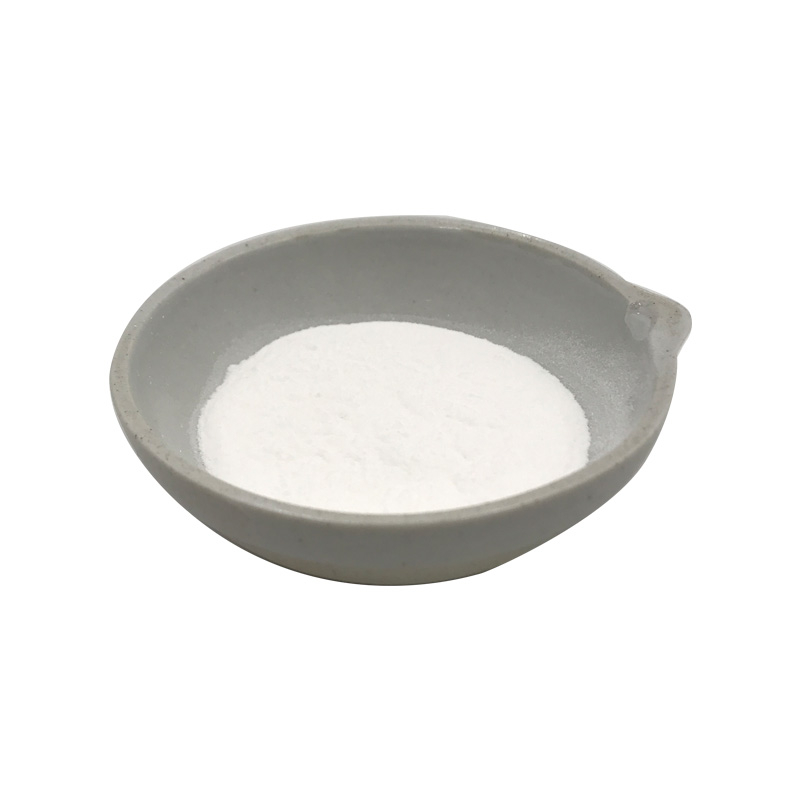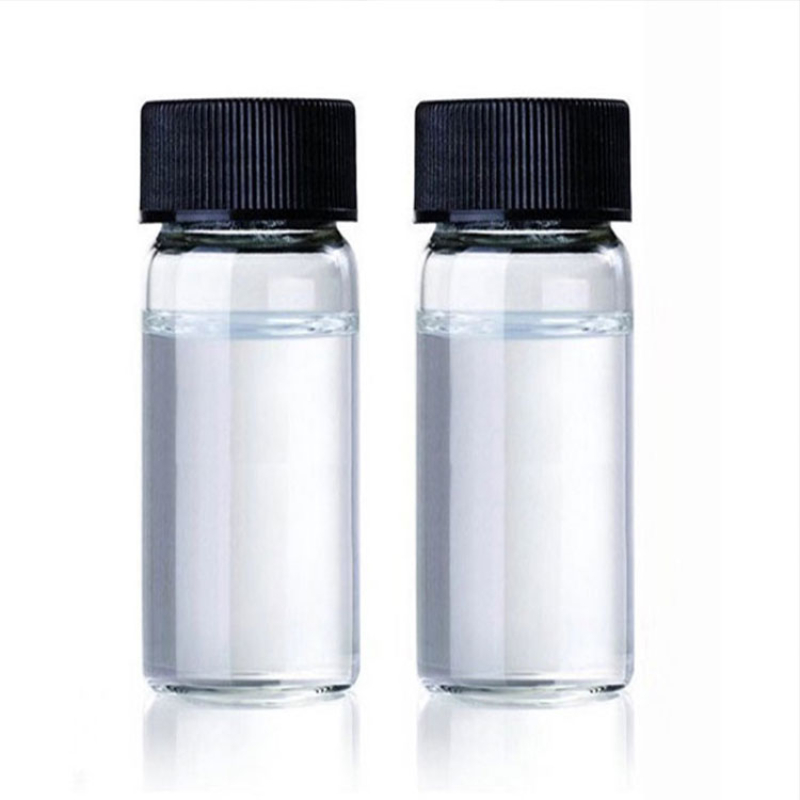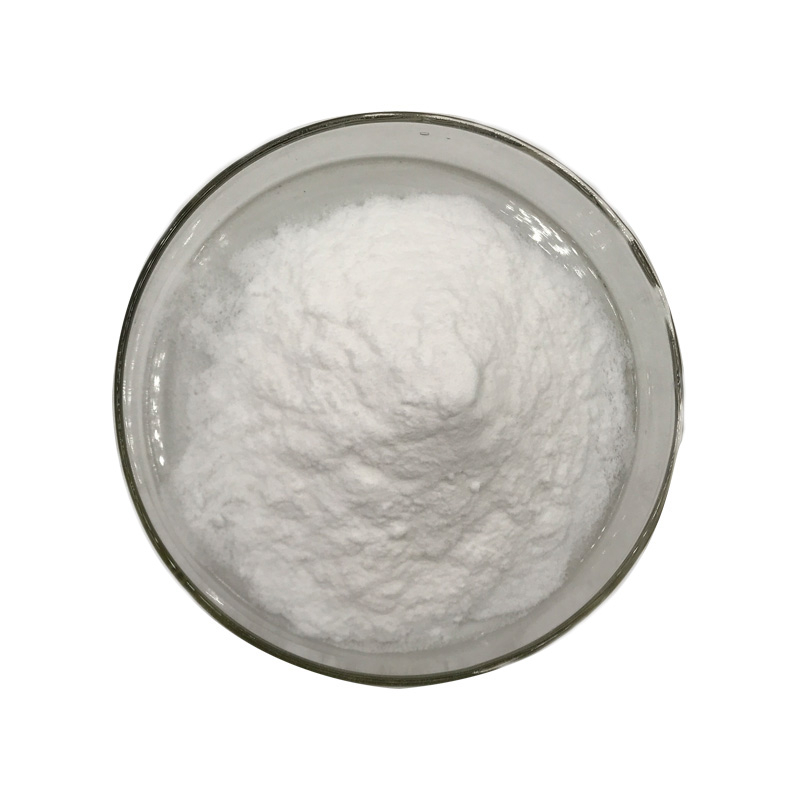l-Glutamic acid, N-coco acyl derivs., disodium salts Chemical Propertiesdensity 1.318[at 20℃]vapor pressure 0Pa at 20℃pka1.52[at 20 ℃]Water Solubility 450g/L at 20℃LogP-4.48 at 20℃EPA Substance Registry SystemL-Glutamic acid, N-coco acyl derivs., disodium salts (68187-30-4)Factory and Equipment ShowFast delivery timeInventory 2-3 working days New production 7-10 working days
Contact Now
Products Description of L-Arginine L-glutamate CAS#4320-30-3 White powder; Odorless or slightly odorous; with a special taste. Decomposes when heated to 193-194.6℃. 100ml. 25% aqueous solution contains 13.5g of arginine and 11.5g of glutamic acid.
Contact Now
Products Description of N-LAUROYL-L-GLUTAMIC ACID CAS#3397-65-7N-(1-oxododecyl)-L-glutamic acid (9CI) is a chemical whose English name is L-Glutamicacid, N-(1-oxododecyl)-.N-LAUROYL-L-GLUTAMIC ACID Chemical PropertiesMelting point 95-96 °CBoiling point 543.6±40.0 °C(Predicted)density 1.081±0.06 g/cm3(Predicted)storage temp. Sealed in dry,Room Temperaturesolubility Aqueous Base (Slightly), Chloroform (Slightly)form Solidpka3.46±0.10(Predicted)color White to Off-WhiteLogP2.964 (est)EPA Substance Registry SystemL-Glutamic acid, N-(1-oxododecyl)- (3397-65-7)
Contact Now
Products Description of Glutaraldehyde CAS#111-30-8Glutaraldehyde is an important saturated straight-chain fatty dialdehyde. Although there are many reports on the toxicity of glutaraldehyde, the cross-linking of glutaraldehyde has many advantages and has been accepted in clinical applications.
Contact Now
Products Description of cocoyl glutamic acid CAS#210357-12-3Colorless transparent liquidFactory and Equipment ShowFast delivery timeInventory 2-3 working days New production 7-10 working days
Contact Now
Products Description of L-Arginine-L-Aspartate CAS#7675-83-4L-Arginine L-aspartate Chemical PropertiesMelting point 220-221 °Cstorage temp. 2-8°Csolubility Very soluble in water, practically insoluble in alcohol and in methylene chloride.color White to Off-WhiteStability:HygroscopicLogP-1.287 (est)CAS DataBase Reference7675-83-4(CAS DataBase Reference)EPA Substance Registry SystemArginine aspartate (7675-83-4)Product Application of L-Arginine-L-Aspartate CAS#7675-83-4Used as cosmetic amino acid nutrient, amino acid nutrient food additive, etc.
Contact Now
Products Description of Kojic acid CAS#501-30-4Kojic acid, also known as kojic acid and kojic acid, is an organic acid with antibacterial effect produced by aerobic fermentation of glucose by Aspergillus candida at 30-32°C. Its molecular structure is a γ-pyrone with a substituent. Among the γ-pyrone compounds existing in nature, the only famous compounds are kojic acid and maltol. In 1907, Saito separated kojic acid crystals from rice koji. It was named by Yabuta in 1912 and its structure was determined in 1924.
Contact Now
Products Description of L-carnitine CAS#541-15-1Carnitine is a type of B vitamin, and its structure is like an amino acid, so some people classify it as an amino acid. Its main role is to help transport long-chain fatty acids to provide energy. This prevents fat accumulation in the heart, liver and skeletal muscles.Synthetic carnitine is available in three forms: L-carnitine, D-carnitine and racemate. L-carnitine is more effective. L-carnitine is a compound with multiple physiologically active functions.
Contact Now
Products Description of 4-AminophenolCAS#123-30-8Aminophenol is also known as hydroxyaniline and aminohydroxybenzene. There are three isomers, namely o-aminophenol, m-aminophenol and p-aminophenol (4-aminophenol). In 1874, Baeyer et al. first prepared p-aminophenol. Due to the different relative positions of the hydroxyl group and the amino group, the three are also different in terms of physical and chemical properties. This product is weakly alkaline, weakly acidic and strongly reducing. Because it has both amino and phenol groups, it has the common properties of both.
Contact Now
Products Description of 2-Mercaptobenzothiazole CAS#149-30-4Pale yellow monoclinic needles or flaky crystals with an unpleasant odor.
Contact Now
Products Description of L-Threonic acid magnesium salt CAS#778571-57-6Magnesium L-threonate (MgT, pronounced "Mag T") is a chemical substance discovered by Professor Liu Guosong and a team from Tsinghua University and MIT.L-Threonic acid magnesium salt Chemical Propertiesstorage temp. Inert atmosphere,Room TemperatureInChIInChI=1S/2C4H8O5.Mg/c2*5-1-2(6)3(7)4(8)9;/h2*2-3,5-7H,1H2,(H,8,9);/q;;+2/p-2InChIKeyYVJOHOWNFPQSPP-UHFFFAOYSA-LSMILESC(C1=O[Mg+2]2(O=C(C(O)C(O)CO)[O-]2)[O-]1)(O)C(O)COProduct Application of L-Threonic acid magnesium salt CAS#778571-57-6Magnesium, as a
Contact Now
Products Description of L-Histidine hydrochloride monohydrate CAS#5934-29-2White crystals or crystalline powder. Odorless. Slightly sour and bitter. Melts and decomposes at about 250% (after drying). Stable in nature. Aqueous solution is acidic (pH 3.5-4.5). Easily soluble in water (39g/100ml, 24℃), much more solubility in water than L-histidine. Insoluble in ethanol and ether. It is a quasi-essential amino acid (essential amino acid for infants and young children), and is synthesized slowly in the human body. Lack of it can lead to developmental delay, eczema and other symptoms.
Contact Now
Products Description of 2-Aminothiazole-4-acetic acid CAS#29676-71-9 It is prepared by condensing ethyl chloro or bromoacetyl acetate with thiourea and then hydrolyzing it.2-Aminothiazole-4-acetic acid Chemical PropertiesMelting point 130 °C (dec.)(lit.)Boiling point 399.0±17.0 °C(Predicted)density 1.367 (estimate)vapor pressure 1.03-1.15hPa at 20℃refractive index 1.6430 (estimate)storage temp. -20°Csolubility DMSO (Slightly)pka3.20±0.10(Predicted)form solidcolor WhiteWater Solubility 6.5 g/L (20 ºC)BRN 127415Stability:Unsta
Contact Now
Products Description of 3,5-Dinitrosalicylic acid CAS#609-99-4Yellow flaky crystals. Melting point 173-174°C. Soluble in alcohol, benzene, ether, slightly soluble in water.3,5-Dinitrosalicylic acid Chemical PropertiesMelting point 168-172 °C (lit.)Boiling point 369.91°C (rough estimate)density 1.7914 (rough estimate)refractive index 1.5300 (estimate)storage temp. room tempsolubility H2O: soluble50mg/mLform Powderpka1.57±0.10(Predicted)color YellowPH Range1.3-1.8 (10g/L @ 20°C)Water Solubility solubleBRN 2220661Stability:Stable.
Contact Now
Products Description of Glutathione CAS#70-18-8Glutathione is a tripeptide compound formed by glutamic acid, cysteine and glycine through peptide bond condensation. It is the most important low-molecular thiol for anti-oxidative stress in mammalian cells. It was discovered in 1921 and its chemical structure was determined in 1930. Dr. Al Mindell, a famous American nutrition and health expert, called glutathione a triple-effective anti-aging amino acid. It is also known as nature's antioxidant master. It has the appearance of colorless, transparent, elongated granular crystals.
Contact Now
Products Description of Poly(L-lysine hydrobromide) CAS#25988-63-0Antioxidants, Chelating Agents, PreservativesPoly(L-lysine hydrobromide) Chemical Propertiesstorage temp. 2-8°Cform lyophilized powderStability:Stable. Incompatible with strong acids, strong bases. Safety InformationWGK Germany 3F 3-10Product Application of Poly(L-lysine hydrobromide) CAS#25988-63-0Only a trace amount of polylysine needs to be added to food to be effective, and it will not affect the taste of the food. It can be used as a natural preservative for food.
Contact Now
Products Description of 4-Morpholineethanesulfonic acid CAS#4432-31-92-Morpholineethanesulfonic acid is a white solid powder at room temperature and pressure. It is soluble in polar solvents such as water, ethanol, methanol, and acetone, but insoluble in non-polar solvents. Its molecular structure contains a morpholine ring and an ethanesulfonic acid group. The morpholine ring is a nitrogen-containing heterocyclic compound with high stability and inertness, and has no obvious toxicity or irritation to organisms.
Contact Now
Products Description of 4-Pyridazinecarboxylic Acid CAS#50681-25-94-Pyridazinecarboxylic Acid is a commonly used chemical raw material, often used as a pharmaceutical intermediate.4-Pyridazinecarboxylic Acid CAS#50681-25-9 Chemical PropertiesMelting point 244.2 °C (dec.) (lit.)Boiling point 404.2±18.0 °C(Predicted)density 1.403±0.06 g/cm3(Predicted)storage temp. Sealed in dry,Room Temperatureform powder to crystalpka3.18±0.10(Predicted)color White to Almost whiteInChIInChI=1S/C5H4N2O2/c8-5(9)4-1-2-6-7-3-4/h1-3H,(H,8,9)InChIKeyJUSIWJONLKBPDU-UHFFFAOYSA-NS
Contact Now
Products Description of L-GLUCOSE CAS#921-60-8L-glucose is the enantiomer of D-glucose, a naturally occurring carbohydrate used in numerous cellular processes.L-GLUCOSE Chemical PropertiesMelting point 153-156 °C(lit.)Boiling point 232.96°C (rough estimate)density 1.2805 (rough estimate)refractive index -52 ° (C=5, H2O)storage temp. 2-8°Csolubility H2O: 0.1 g/mL, clear, colorlessform aqueous ethanol solutionpka12.45±0.20(Predicted)color WhiteWater Solubility Soluble in water, alcohol.Merck 14,4459BRN 1724626Stability:Stable.
Contact Now
O-(Tetrahydro-2H-pyran-2-yl)hydroxylamine CAS#6723-30-4O-(Tetrahydro-2H-pyran-2-yl)hydroxylamine Chemical PropertiesMelting point 34-37 °C (lit.)Boiling point 81 °C/20 mmHg (lit.)density 1.1274 (rough estimate)refractive index 1.4206 (estimate)Fp 180 °Fstorage temp. Keep in dark place,Inert atmosphere,Store in freezer, under -20°Csolubility DMSO (Slightly), Methanol (Slightly)pka3.28±0.20(Predicted)form Low Melting Solidcolor WhiteSafety InformationHazard Codes XiRisk Statements 36/37/38Safety Statements 26-36WGK Germany 3HS
Contact Now
Products Description of Bitertanol CAS#55179-31-2The pure product is a colorless crystalline solid. m.p. 125~129℃ (diastereomer A is 136.7℃, B is 145.2℃, and the low eutectic of A and B is 118℃). The vapor pressure at 20℃ is <1.0×10-3Pa [A is 3.8×10-3Pa, B is 3.2×10-3Pa (100℃)]. Solubility at 20℃: dichloromethane 100-200g/L (A is 200-500g/L, B is 50-100g/L), isopropanol 30-100g/L [20-50g (A or B)/L], toluene 10-30g/L [A is 10-20g/L, B is 1-2g/L], n-hexane 1-10g/L [≤10g (A or B)/L], water 5mg/L [2.9mg (A)/L, 1.6mg (B)/L]. Partition coefficient 126000 (A), 25000 (B).
Contact Now
Products Description of SODIUM TRISILICATE CAS#13870-30-9Sodium silicate is a water-soluble silicate, which can be divided into three forms: solid, liquid, and water-quenched. In theory, this type of substance is called "colloid". Industrial solid sodium silicate is a colorless, slightly light blue, turquoise, sky blue or yellow-green transparent or translucent glass block. When the impurity content is very low, the glassy anhydrous solid sodium silicate is a colorless and transparent glass body, and pure solid sodium cinnamate is a colorless and transparent solid.
Contact Now
Dodecyltrimethylammonium Bromide Chemical PropertiesMelting point 246 °C (dec.)(lit.)density 1.1566 (rough estimate)vapor pressure 0Pa at 20℃refractive index 1.5260 (estimate)Fp 246°Cstorage temp. Store below +30°C.solubility H2O: 0.1 M at 20 °C, clear, colorlessform Powdercolor White to slightly yellowWater Solubility solubleSensitive Hygroscopicλmaxλ: 240 nm Amax: ≤0.2λ: 250 nm Amax: ≤0.03λ: 260 nm Amax: ≤0.02λ: 500 nm Amax: ≤0.02BRN 3597463InChIKeyXJWSAJYUBXQQDR-UHFFFAOYSA-MCAS DataBase Reference1119-94-4(
Contact Now
Products Description of Sebacic acid CAS#111-20-6White flaky crystals. Slightly soluble in water, soluble in alcohol and ether.Sebacic acid Chemical PropertiesMelting point 133-137 °C (lit.)Boiling point 294.5 °C/100 mmHg (lit.)density 1.21vapor pressure 1 mm Hg ( 183 °C)refractive index 1.422Fp 220 °Cstorage temp. Store below +30°C.solubility ethanol: 100 mg/mLform Powder or Granulespka4.59, 5.59(at 25℃)color White to off-whiteOdormonoclinic prismatic tablets, wh.
Contact Now


































